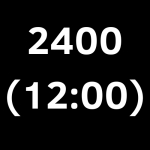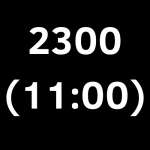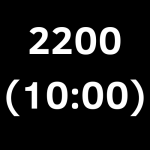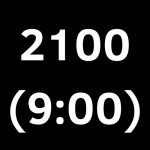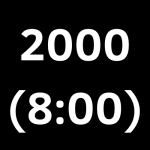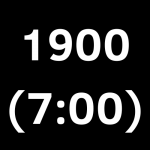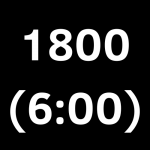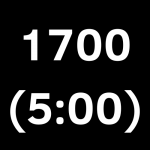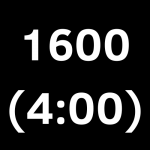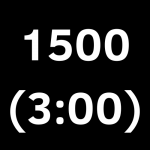In our daily lives, we commonly use the 12-hour clock system, where time is divided into two periods: these are indicated by AM and PM. However , a different type of time known the military time is based on it 24 hours cycle. This blog post aims to help you understand 1700 military time and its conversion to standard time (5: 00 PM).
What is 1700 Military Time?
1700 military time represents the time seventeen hundred hours, or 5: In a standard 12-hour clock, at 00 PM. The military system of clocks or the military time is commonly used across different organizations such as the military, hospitals, aviation, and even the emergency response services. This mainly comes as an added benefit in comparison with confusion regarding AM and PM.
Conversion to Standard Time
It is easy to convert 1700 military time into everyday time. Follow these steps:
Divide 1700 by 100 to get the hour: 1700/100 = 17.
This number represents the hour in standard time: 1700 = 5 PM.
Practical Applications
1700 military time is commonly used in situations where precision is crucial, such as:
Military operations: Planning of missions, updating schedules.
Aviation: Scheduling of flights, time keeping during departure and arrival.
Emergency services: Respond to emergency and mobilize.
Healthcare: Administering medications and scheduling appointments.
Converting Other Military Times
The same principle applies to converting other military times to standard time. For example, 1300 military time is 1:00 PM, and 2359 military time is 11:59 PM.
Advantages of Military Time One of the main advantages of military time is its clarity and precision. It eliminates the ambiguity of AM and PM, making it easier to schedule events and activities.
Clarity and Precision Military time provides a clear and precise way to represent time, which is especially important in critical situations where misunderstandings can have serious consequences.
Reducing Confusion in Timekeeping By using a 24-hour clock, military time reduces the confusion that can arise from the 12-hour clock system, particularly when it comes to distinguishing between morning and evening hours.
Military Time in Daily Life While military time is most commonly associated with the armed forces, it is also used in various other professions, such as aviation, emergency services, and healthcare.
Use in Various Professions In professions where precision and clarity in timekeeping are crucial, military time is often the preferred system.
Military Time in International Contexts Military time is also used in international contexts, where it helps to avoid confusion between different time zones and cultural conventions for timekeeping.
Military Time Chart
A military time chart is a useful tool for quickly converting between military time and standard time. It typically lists the hours from 0000 to 2400 in one column and the corresponding standard times in another column.
How to Read a Military Time Chart
To read a military time chart, find the military time in the first column and look across to the second column to find the equivalent standard time.
Using a Military Time Chart in Daily Life
A military time chart can be helpful in daily life, especially for those who frequently need to convert between military and standard time for work or travel.
Importance of Accuracy
Military time has to be precise especially in important situations. Making a mistake in interpreting or communicating military time may result to dire consequences. Check and ensure that the time is right before making any decision according to the military time.
Conclusion
1700 military time represents 5: The end will be marked at 00 PM on a normal 12-hour clock. Military time understanding is important for many professions and industries, where each second counts. Using these steps helps you convert military time into normal time correctly. Adopt military time or chronological order of numbers and improve on inter-time communication especially for time sensitive matters.

